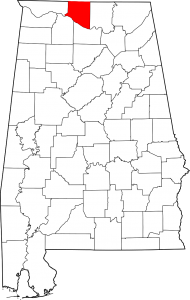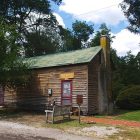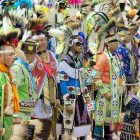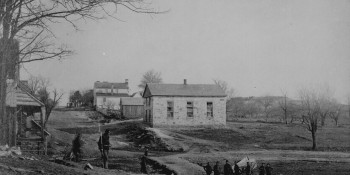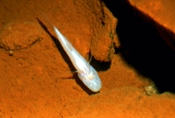Small Towns in Alabama
Mooresville Alabama
|
Mooresville Alabama is home to two historic churches, including the old white clapboard Church of Christ where President James A. Garfield once preached. The Brick Church, the Post Office, and the Stagecoach Inn and Tavern are maintained by the town’s residents in an effort to preserve some pieces of history. Often referred to as “Alabama’s Williamsburg,” the entire town of Mooresville is now included in the current listings of the National Register of Historic Places.

